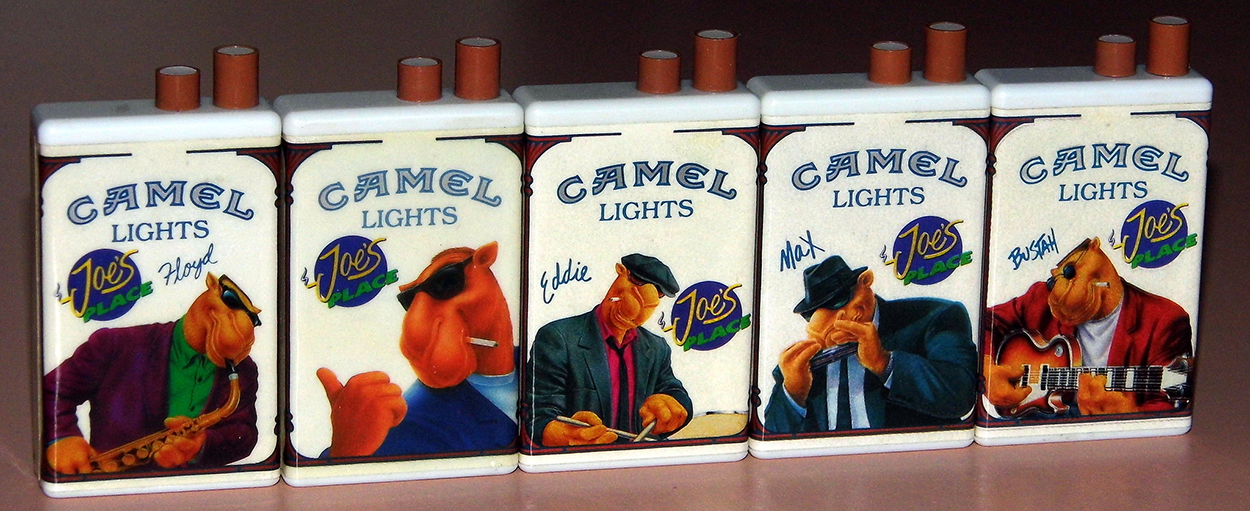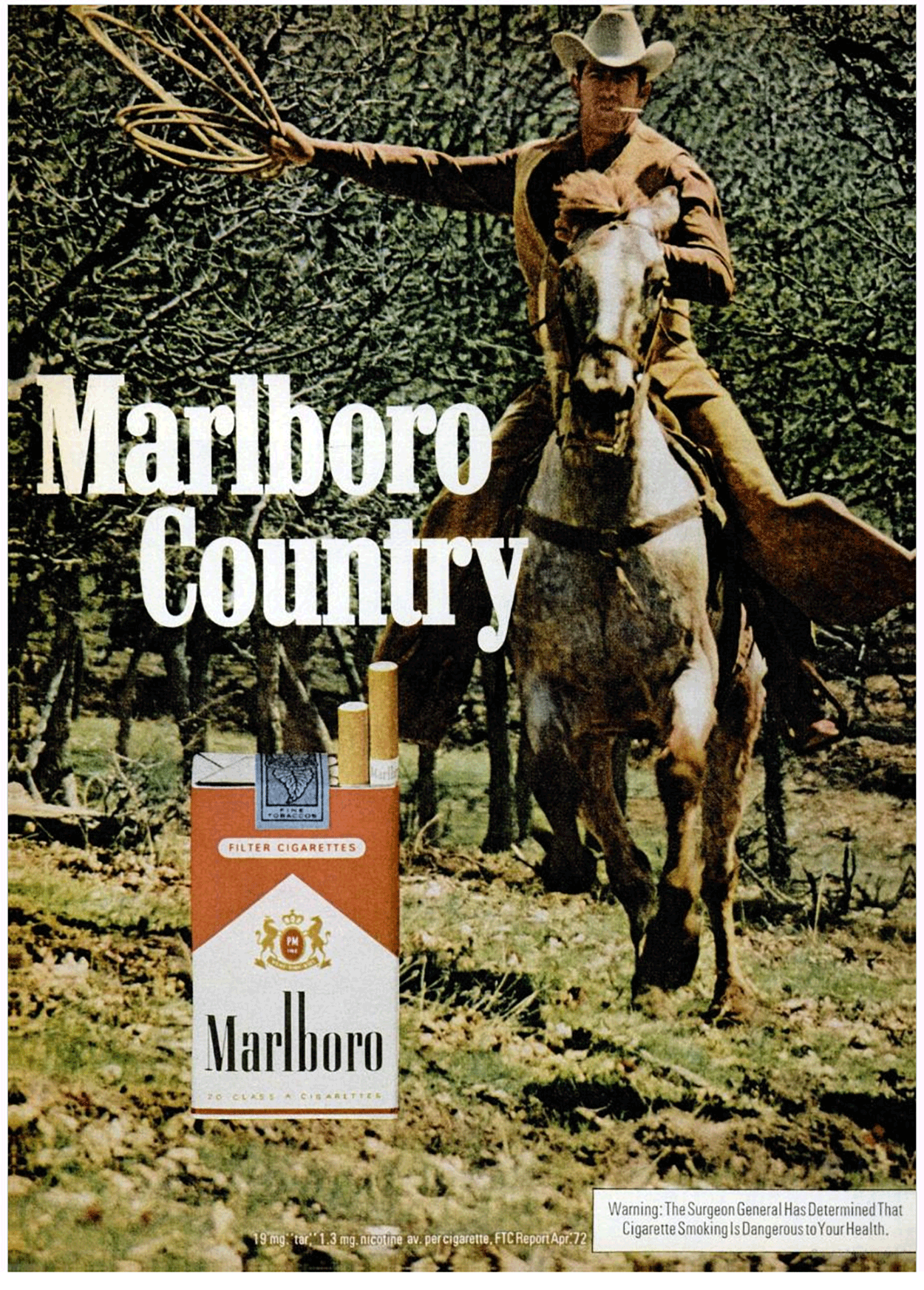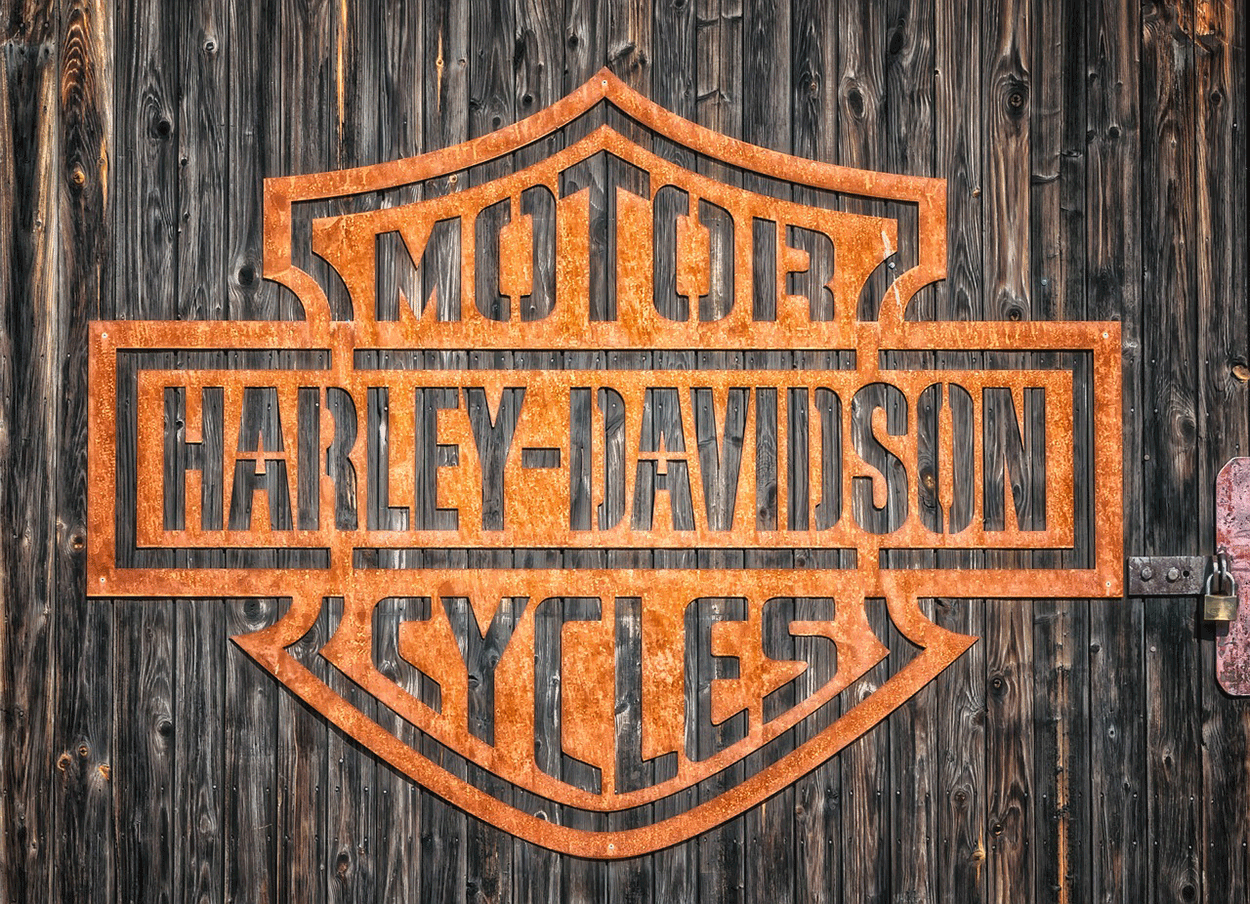Table of Contents |
Advertising is a communication art form designed to sell a product or service. It is the practice of creating and sharing messages to promote products, services, or ideas. The main goal is to inform, persuade, and remind consumers about what is being offered, encouraging them to take action, such as making a purchase or supporting a cause. This motivation to take action is the advertisement’s purpose. Advertising can be conducted through various channels, including television, radio, print (newspapers and magazines), online platforms, social media, billboards, and more.
There are different types of advertising, such as brand advertising, direct response advertising, and public service announcements. Brand advertising is a marketing strategy focused on creating and reinforcing a strong, positive perception of a brand in the minds of consumers. Unlike direct response advertising, which aims to generate immediate sales or leads, brand advertising seeks to build long-term brand awareness, loyalty, and emotional connections with the audience. Public Service Announcements (PSAs) are messages disseminated to the public with the aim of raising awareness, changing public attitudes, or influencing behavior on important social issues. Unlike commercial advertisements, PSAs are typically sponsored by government agencies, non-profit organizations, or public interest groups and are intended to benefit the community rather than promote a product or service. Commercial advertisements are promotional messages created by businesses to market their products or services to consumers. The primary goal of these ads is to generate sales, increase brand awareness, and attract new customers. Commercial advertisements can be found across various media platforms, including television, radio, print, online, and outdoor advertising.
Modern advertising began to take shape with the development of printing in the fifteenth and sixteenth centuries, and it has evolved significantly with technological advancements. Traditional advertising has long been a cornerstone of marketing strategies, leveraging the broad reach and established credibility of newspapers, magazines, radio, and television.
Newspapers have been a trusted source of information for centuries. Advertisers use them to target specific demographics based on the publication’s readership. The tangible nature of newspapers allows for detailed ads, including coupons and inserts, which can drive immediate consumer action. Despite the rise of digital media, newspapers still hold significant sway, particularly in local markets.
Magazines offer advertisers the advantage of targeting niche audiences. Each magazine caters to specific interests, from fashion and lifestyle to technology and sports. This allows advertisers to tailor their messages to a highly engaged audience. The glossy, high-quality print of magazines also enhances the visual appeal of ads, making them more memorable.
Radio advertisements are audio messages broadcasted over radio stations to promote products, services, or events. These ads leverage the power of sound to capture listeners’ attention and convey persuasive messages. Radio ads are typically short, ranging from fifteen to sixty seconds, and often include catchy jingles, memorable slogans, and clear calls to action. They can target specific demographics based on the radio station’s audience, making them an effective tool for reaching local or niche markets. Despite the rise of digital media, radio remains a popular medium for advertising due to its wide reach and the ability to engage listeners during their daily routines, such as commuting or working. Before the advent of television, radio ads were an incredibly popular method for transmitting advertisements into the household environment.
Television remains one of the most powerful advertising mediums due to its extensive reach and ability to combine visual and auditory elements. TV ads can create strong emotional connections with viewers through storytelling, music, and visuals. Prime-time slots and popular shows offer advertisers the opportunity to reach millions of viewers simultaneously. However, the high cost of TV advertising and the rise of streaming services have led to a shift in how advertisers allocate their budgets. Advertising and design go together because advertising utilizes visual design in a variety of mediums in the industry, such as print, television, web design and multimedia.
A common strategy of advertising is an ad campaign. An ad campaign is a coordinated series of advertisements that share a single idea and theme, designed to achieve specific objectives such as building brand awareness, increasing sales, or promoting a cause. These campaigns utilize various media channels like television, radio, print, online, and outdoor advertising to reach their target audience.
Key components of an ad campaign include the central message or theme that ties all the advertisements together, and the creative elements, such as images, videos, and graphics used to convey the message. Ad campaigns are essential for creating a consistent and compelling message that resonates with potential customers and encourages them to take action. Ad campaigns are used to strengthen the brand of the entity by providing a streamlined message across all platforms of marketing communication. This is known as integrated marketing communications, or IMC. Not all advertising or ad campaigns will directly convey a product. Although the goal of an advertisement is typically to sell a product or service, the same goal can be achieved by selling an idea.
Personification in advertising involves giving human traits to a brand, product, or service to make it more relatable and engaging. This technique helps create an emotional connection with the audience, making the brand more memorable and appealing. Using mascots or spokespeople to give the brand a human-like personality. Personification in advertising also involves building narratives, which are stories developed to create a theme. Many modern-day ad campaigns use comedy in their themes to avoid tropes that are no longer deemed acceptable in mainstream media. For example, beer commercials were famous for staging scenarios where young men, and even mascots were surrounded by beautiful women and made the center of attention. These types of commercials still exist but have waned in popularity due to the reliance on sexist tropes. However, it is important to understand that these thematic scenarios exist because users identify with the narrative. If the ad campaign is successful, users will put themselves in the place of the main character, hoping to recreate similar scenarios.
Two of the most successful advertising campaigns, which are now somewhat controversial due to heightened awareness of the dangers of smoking were Joe Camel and the Marlboro Man. Both Joe Camel and the Marlboro Man are two iconic figures in the history of tobacco advertising. Joe Camel was an anthropomorphic camel introduced by the R.J. Reynolds Tobacco Company to market Camel cigarettes. He first appeared in a French advertising campaign in 1974 and was later redesigned for the American market in 1988. Joe Camel’s cool, laid-back persona was aimed at attracting younger smokers. Because Joe Camel was essentially a cartoon character created to reach a young audience, he was officially retired in 1997 due to increasing criticism and legal pressure over the character’s appeal to children.

The Marlboro Man was created by advertising executive Leo Burnett in 1954 and was used to promote Marlboro cigarettes. This rugged cowboy figure symbolized masculinity and independence, appealing to a broad audience and becoming one of the most successful advertising icons of the 20th century. The Marlboro Man is the quintessential example of an ad campaign narrative. The image of a cowboy is synonymous with the American West. Before the era of action movies, the media consuming populace sought adventure in the pages of Western novels and on movie and television screens with stories of lawmen and outlaws. Many American males either consciously or subconsciously wanted to become their own Marlboro men, leading to the ad campaigns incredible success.

Both Joe Camel and the Marlboro Man were highly effective in creating strong brand identities and emotional connections with consumers, although they also faced significant criticism for promoting smoking, especially among younger audiences.
The Geico Gecko and Flo from Progressive are two of the most recognizable mascots in the insurance industry. The Geico Gecko, a charming, witty lizard with a British accent, has been the face of Geico since 1999. Known for his clever humor and memorable catchphrases, he has become a beloved character in advertising. On the other hand, Flo, portrayed by actress Stephanie Courtney, has been Progressive’s quirky and enthusiastic spokesperson since 2008. With her retro hairstyle, bright red lipstick, and infectious energy, Flo has won over audiences with her humorous and relatable approach to explaining insurance. Both characters have successfully made insurance more approachable and entertaining for consumers. Flo’s pleasant, friendly, and helpful demeanor are great examples of personification in advertising as they make her persona relatable to the user. Flo and a cast of supporting characters, as well as the Geico Gecko run in advertisements that follow narratives. Flo and the other Progressive agents are continually portrayed in humorous scenarios where they put themselves in harm’s way to protect customers’ property.
Companies will strategically select a target audience, or the intended viewership of an advertisement. They will then create strategies to advertise based on the demographic, or specific characteristics of the population they are targeting. A target audience is a specific group of people identified as the intended recipients of a message, product, or service. This group is defined based on various characteristics such demographics, geographics, information that includes the audience location, whether local, regional, national, or international. Additional audience characteristics include psychographics, information such as lifestyle, values, interests, and attitudes, and purchasing behavior like brand loyalty, usage rate, and benefits sought.
Brand loyalty is when customers consistently prefer one brand over others, often shown through repeat purchases and positive recommendations. This loyalty usually stems from the belief that the brand offers better quality, service, or overall experience compared to its competitors. Key aspects of brand loyalty include perceived quality, when customers think the brand provides superior products or services, trust, when customers have confidence in the brand’s reliability and integrity, and emotional connection, when customers feel a personal attachment to the brand. Building brand loyalty can lead to increased customer retention, higher lifetime value, and reduced marketing costs, as loyal customers are more likely to make repeat purchases and recommend the brand to others.
The Harley-Davidson logo shown below, affectionately known as the bar and shield, is commonly displayed by brand enthusiasts in a variety of media, including art, clothing, merchandise, and even tattoos. The practice of Harley-Davidson users purchasing and displaying items adorned with the company’s logo is a prime example of brand loyalty.

One method of reaching a target audience is presenting a unique selling proposition, which is a marketing concept that refers to a product as unique among its competition.
IN CONTEXT
Indian Motorcycle Company was started in 1900 and went out of business for many years beginning in 1953. The company was ultimately resurrected in the early 2000s and is once again a thriving business for American made motorcycles. In Indian Motorcycle Company’s absence, Harley-Davidson Motorcycles, established in 1903, was the only major American motorcycle company for decades. Although the two companies have competed in business since the inception of motorcycling, with Indian Motorcycle Company’s departure in the 1950s, Harley-Davidson was the oldest American motorcycle company still in business and held exclusivity and a unique selling proposition for a target audience seeking American, cruiser style motorcycles. Both companies are prime examples of brand loyalty, and demonstrative of users perceived quality, trust, and emotional connections to the brand. The Harley-Davidson logo is the most tattooed logo design that people have inked on their bodies, which is a clear sign of brand loyalty.
Copywriting is a specialized form of writing aimed at persuading readers to take specific action. This could be anything from purchasing a product, signing up for a newsletter, or even just clicking a link. The essence of copywriting lies in its ability to connect with the audience on an emotional level, making them feel understood and motivated to act.
At its core, copywriting is about understanding the target audience. A good copywriter spends a significant amount of time researching the audience’s needs, desires, and pain points. This research helps in crafting messages that resonate deeply with the readers. The language used in copywriting is often conversational and engaging, designed to hold the reader’s attention and guide them towards the desired action.
One of the key elements of effective copywriting is the headline. A compelling headline grabs the reader’s attention and entices them to read further. It should be clear, concise, and relevant to the content that follows. A well-crafted headline can make a significant difference to the success of a marketing campaign.
Another important aspect of copywriting is the use of persuasive techniques. These can include storytelling, emotional appeals, and social proof. Storytelling helps to create a narrative that the audience can relate to, making the message more memorable. Emotional appeals tap into the reader’s feelings, creating a sense of urgency or desire. Social proof, such as testimonials and reviews, builds credibility and trust. Social proof is a psychological and social phenomenon where people mimic the actions of others in an attempt to reflect correct behavior in a given situation. Essentially, when individuals are uncertain about how to act, they look to the behavior of others to guide their own actions. Social proof can manifest in various forms, such as testimonials and reviews where positive feedback from customers can influence potential buyers to trust and purchase a product. Social media engagement, such as high numbers of likes, shares, and comments can signal to others that a piece of content is valuable or popular. Celebrity endorsements, or when a well-known figure endorses a product, can lead others to believe in its quality and desirability. User-generated content like photos, videos, and posts created by customers can serve as authentic proof of a product’s effectiveness or appeal.
Copywriting is used in a wide range of areas, primarily focused on marketing and promotional activities. It includes advertising through print ads, TV commercials, radio spots, and online ads. Digital marketing relies heavily on effective copywriting for websites, landing pages, email campaigns, and social media posts. Content marketing, such as blog posts, articles, and whitepapers, often incorporates persuasive elements to drive engagement and conversions. Sales materials like brochures, sales letters, and product descriptions are crafted to highlight benefits and persuade potential customers. Public relations efforts use copywriting in press releases and media kits to shape public perception and communicate key messages. Direct mail campaigns, including physical mailers, postcards, and catalogs, aim to generate a direct response from recipients. Additionally, scripts for videos, webinars, and podcasts require compelling spoken content.
Source: THIS TUTORIAL WAS AUTHORED BY MARIO E. HERNANDEZ FOR SOPHIA LEARNING. PLEASE SEE OUR TERMS OF USE.